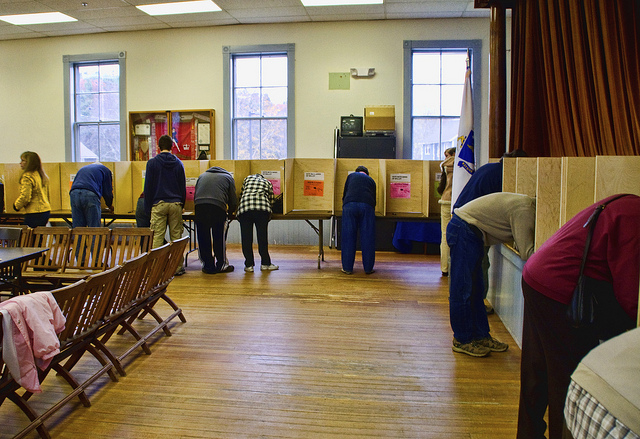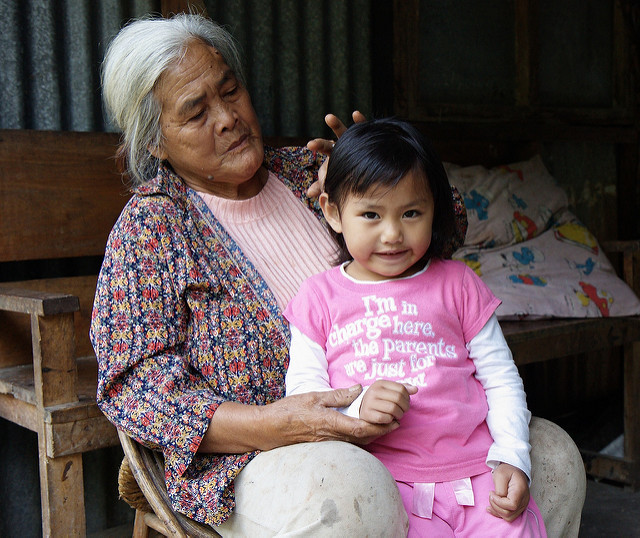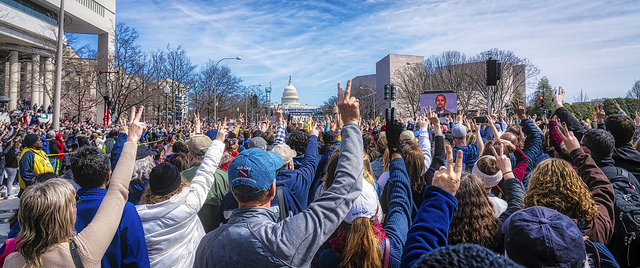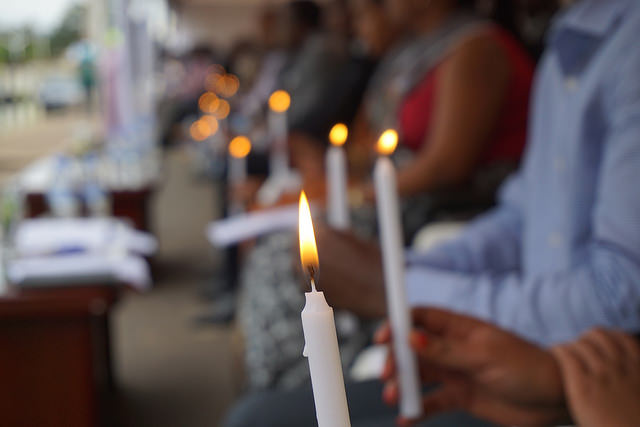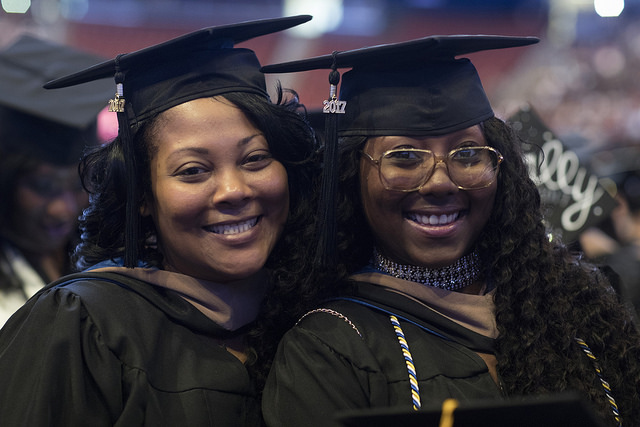
What is your least favorite household chore? According to a report from the Council on Contemporary Families, recently profiled in NPR and The Atlantic, washing dishes is a common answer — and how they end up getting done could be affecting your relationship.
Dan Carlson, the study’s lead author, told NPR,
“Most research sees housework as an omnibus thing, but it varies in qualities: how pleasurable or unpleasurable, how often it needs to be done, how gendered it is.”
The team’s research considered whether sharing household tasks within heterosexual couples changed over the past few decades. They found that younger couples share more of the routine household tasks, especially dishwashing and laundry, than couples a decade prior. How couples divide the household labor strongly affects relationship quality — for better or for worse — among couples in the more recent cohort. And doing dishes was more likely to affect relationship quality than any other chore.
Both in housework and in the labor market women have often done the jobs that involve cleaning up after someone else — and doing the dishes can be an especially gross job. As more couples share housework, women who feel like they are stuck doing the undesirable chores are more likely to feel disrespected. As Carlson notes, “The more often a task is shared, the worse it is for you not to share it.”
The relationship consequences of dishes aren’t going away, but then again neither are the dishes.





